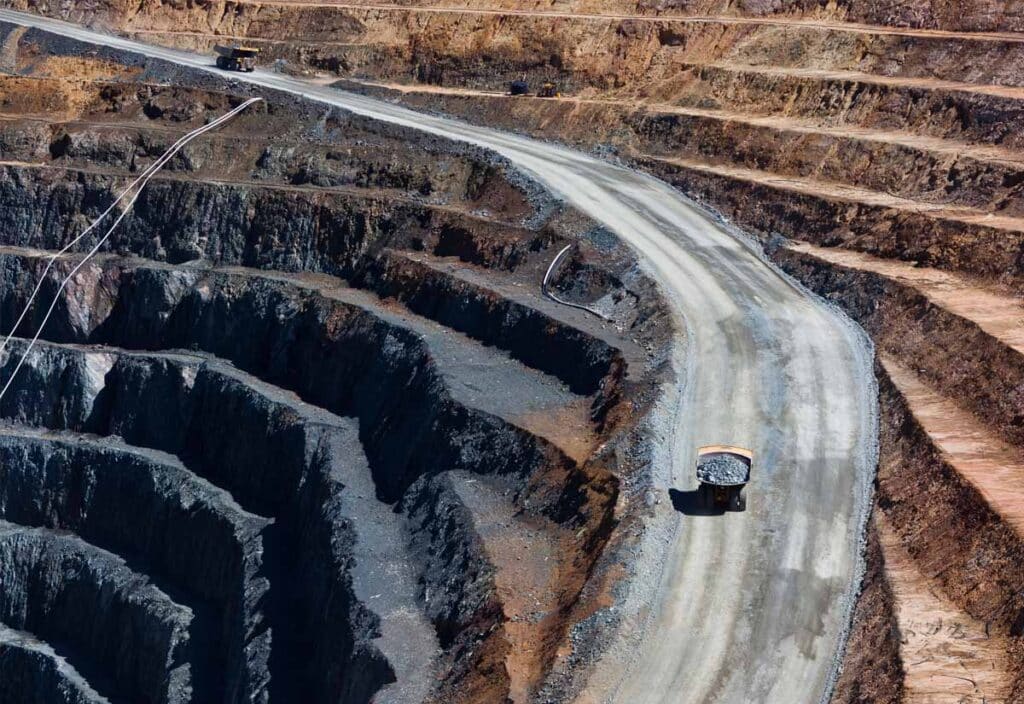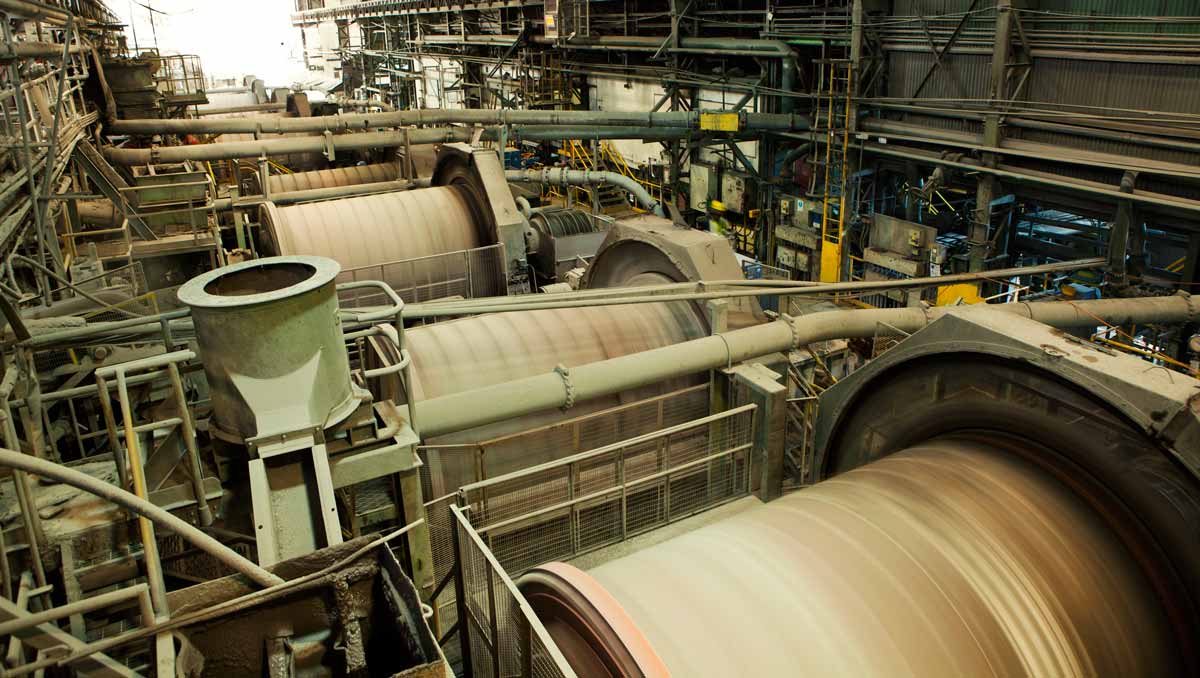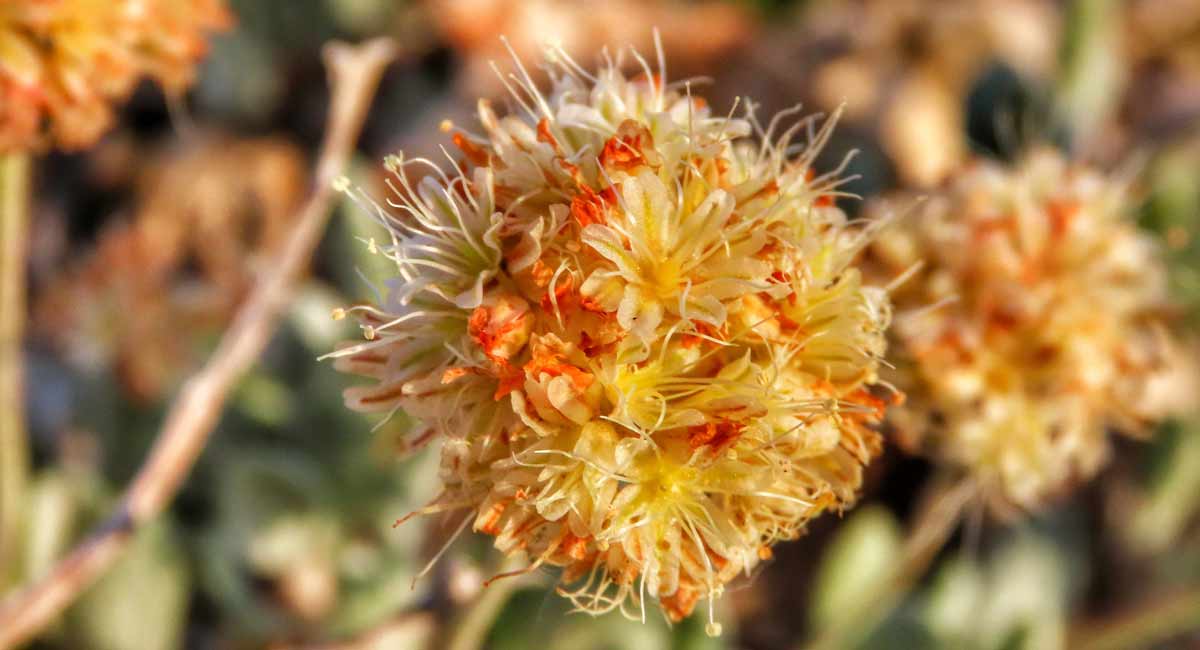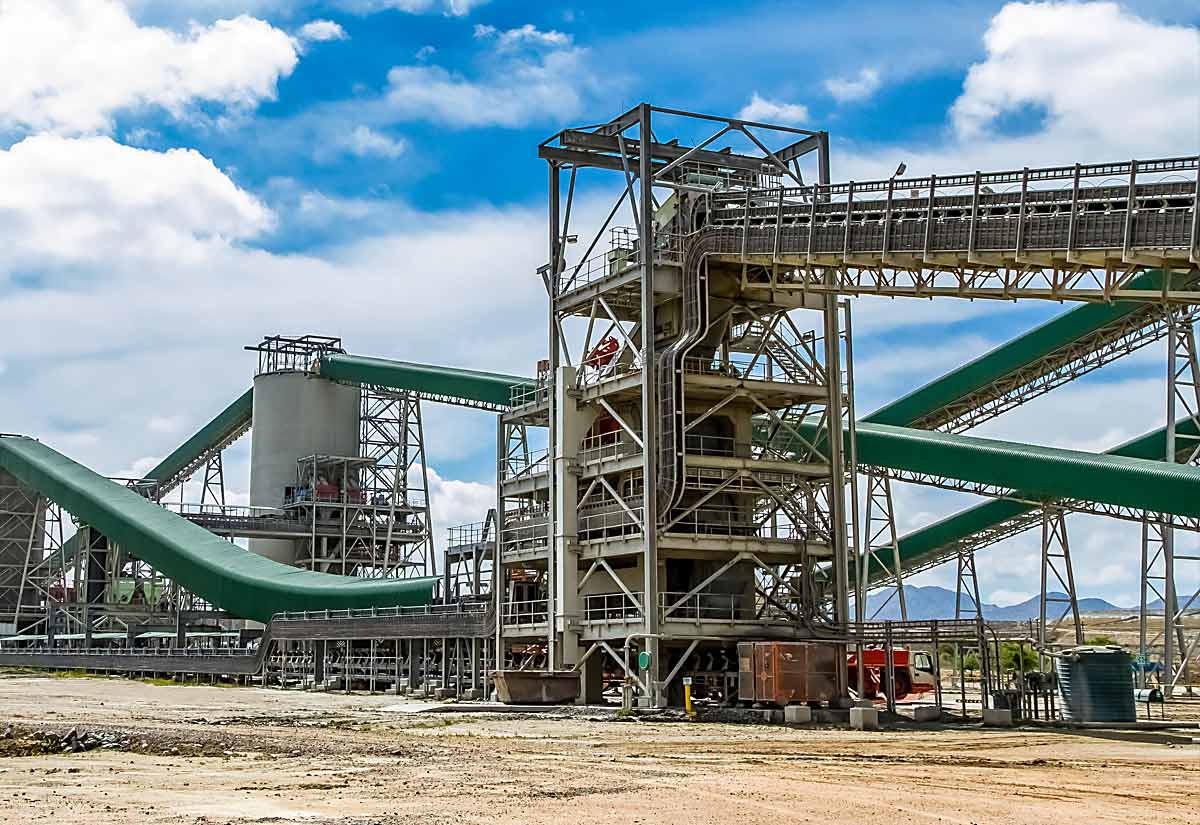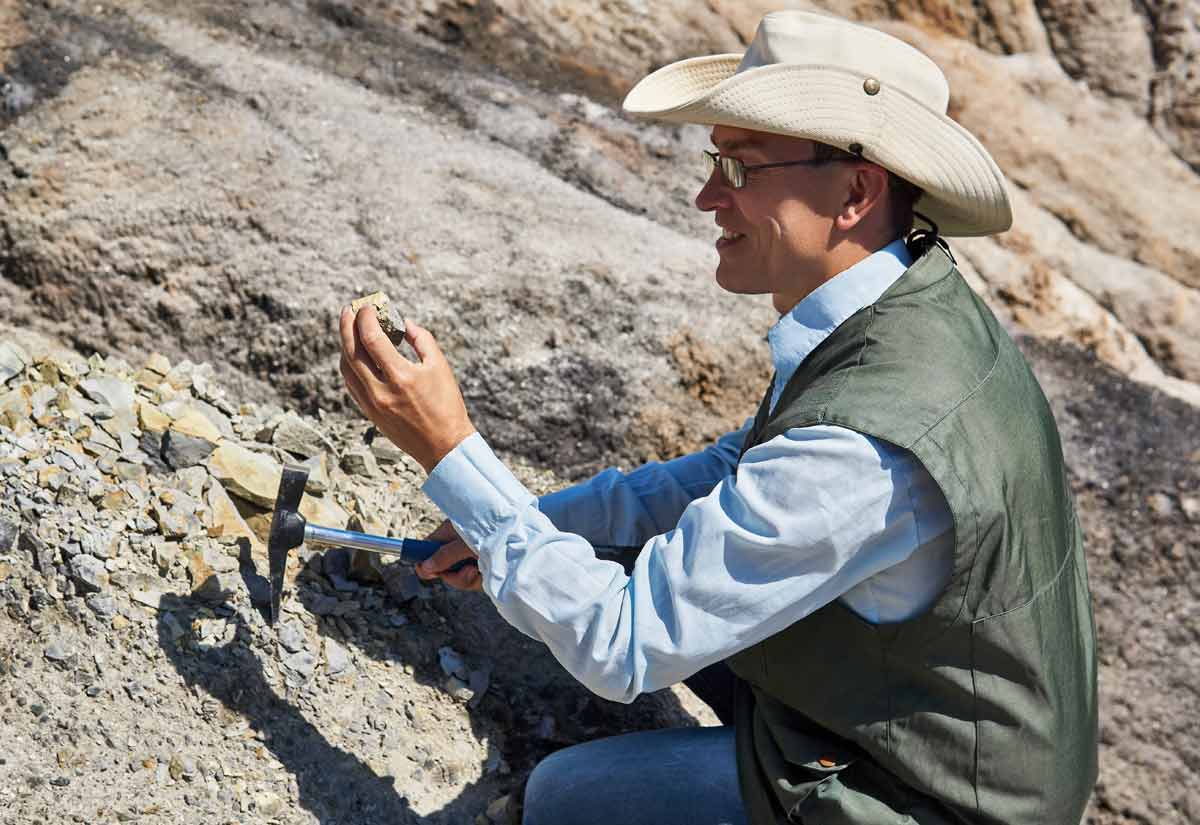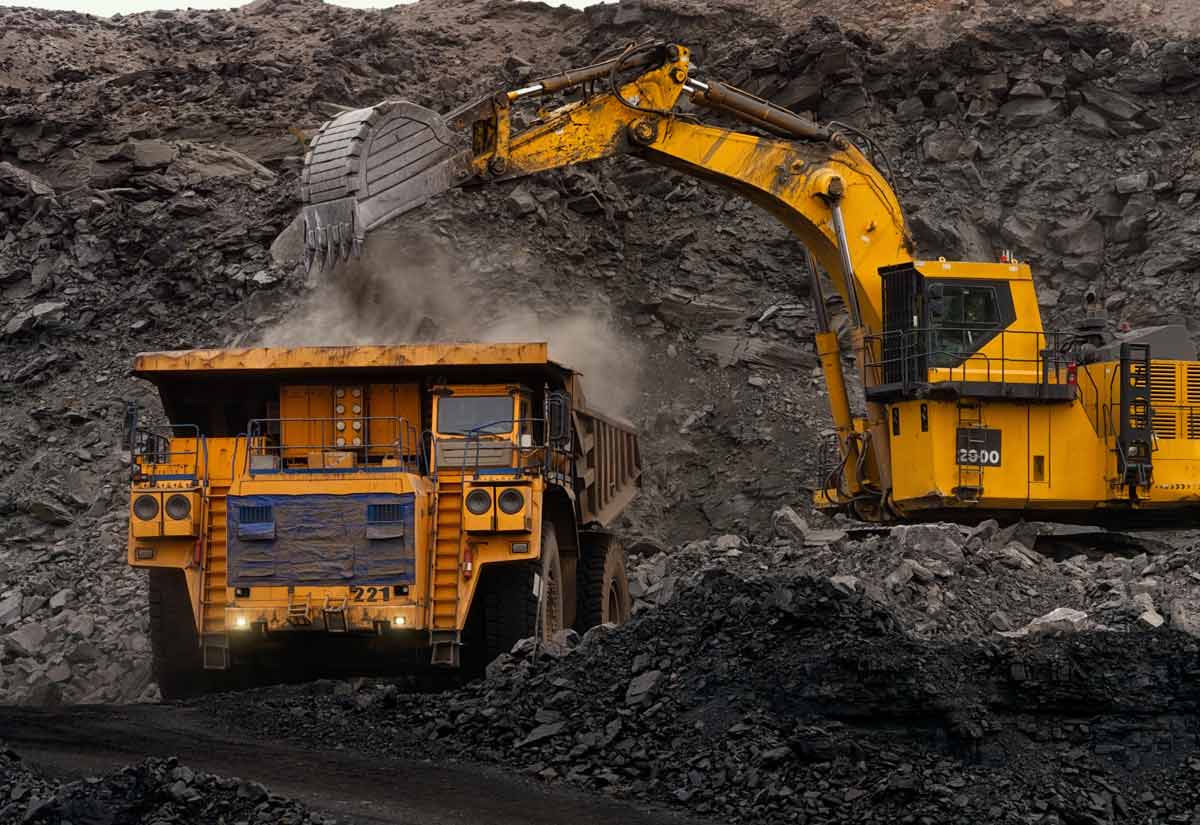With the disruptions of the Covid 19 shutdowns in the mining industry through the 2019-2020 period behind us, global miners can count on continued “sky-high” profits in the fiscal year 2021-2022. That’s according to a new report from the investment risk research and global market analysis firm, Fitch Solutions.
The major mining players such as Rio Tinto(NYSE: RIO; LSE: RIO; ASX: RIO), Anglo American (LSE: AAL), Freeport-McMoRan (NYSE: FCX), Norilsk Nickel (US-OTC: NILSY) and Vale (NYSE: VALE) all registered net profits in 2020, reversing the year over year declines experienced by upstream players in 2019.
Higher metal prices following the supply disruptions of the first quarter of 2020 launched a broad commodity price rally. Mining industry leader Rio Tinto was able to register net profits of 22%, helping to erase their 41% year-on-year decline of 2019.
The Mining CAPEX Outlook and Strategies For Overcoming 2020 Stagnation
With the world’s mining leaders announcing higher guidance for production and capital expenditures in recent months, the Fitch Solutions April numbers predict that the top 30 players will grow CAPEX by 23.7% for year-on-year gains in 2021. Even so, most companies are expected to restrain CAPEX spending while putting their sky-high profits from 2021-2022 toward ongoing debt reduction.
A return to pre-planned strategies developed prior to the covid 19 shutdowns that hampered mining operations and output is “the general vision” behind the optimistic guidance according to the editor’s article at mining.com, “Mining industry to continue flying high through 2022”.
But somewhat surprisingly, new exploration isn’t the priority for mining CAPEX outlays in 2021-2022. The Fitch Solutions analysis of individual company CAPEX points out that mining companies are now focusing on “developing their existing assets” while exploration of new ones goes to the back burner.
As we’ve been reporting at Resource Erectors all year now, battery metals and advanced operations sustainability technology will be the trends to watch as they cause paradigm shifts in the world’s mineral and metal consumption patterns.
ESG and the Success or Failure of Mining Players
According to the Fitch analysis, companies such as Rio Tinto will retain their top spots because they’ve already invested heavily in innovations in sustainability and “cutting edge” operations technology that other miners can’t match.
The political pressure to reduce the carbon footprint of mining operations with environmental watchdogs such as McKinsey & Co who allege that the mining industry is responsible for 28% of global emissions is intense. But it could also be the basis for premium prices as “downstream players” create higher demand for low-carbon metals.
In a business environment now dominated by ESG, or Environmental, Social, and Governance influence, these are the “make or break” factors that determine a mining company’s future. And the fact that a mining operation is targeting a US domestic supply of rare earth elements required to meet demand for the sustainable “all-electric” grid is no guarantee of clear sailing.
Just ask ioneer Ltd. about the ESG effect on their proposed Rhyolite Ridge lithium project in Nevada.
Buckwheat Takes Priority Over the Domestic Lithium Supply Chain Emergency
“That’s not Otay!”, to paraphrase Eddie Murphy’s hilarious Buckwheat character from the golden age of Saturday Night Live. And this entire episode would be equally hilarious if it wasn’t so typical of today’s rampant environmental radicalism, where it often seems as if the left hand under White House resident Biden doesn’t know what the more left hand is doing.
In just 6 months we’ve gone from the rare earth element emergency declared by President Trump’s executive order last October, to prioritizing a scruffy desert plant ahead of the critical domestic lithium supply.
ESG obstacles come in many forms where even the US Fish and Wildlife Service can throw a monkey wrench into the rare earth element domestic supply chain.
What does fish and wildlife have to do with the production of the lithium battery metal so essential to getting Jeff Bezos’ Amazon fleet of 100,000 EV delivery vans on the road by 2030? Well, it seems that the bureaucrats at the US Fish and Wildlife Service have expanded their protective horizons to include a scraggly buckwheat flower that ironically resembles an artist’s rendition of the Covid 19 virus that disrupted world economies in 2020.
The special interest environmental group Center for Biological Diversity (CBD) sued US regulators in 2019 for granting Australia’s ioneer Ltd. exploration permits, arguing that ioneer’s project would disturb the rare flower. According to a June 3, 2021 article at mining.com, “US to list Nevada flower as endangered, dealing blow to ioneer’s lithium project.”, the mining company’s assurance that they would take precautionary measures to avoid disturbing the scruffy desert plant was enough to satisfy the CBD and the lawsuit was withdrawn.
But the fact that most of the damage that caused a 70% decline in the flower’s population was most likely caused by squirrels gnawing at roots for water in the drought-stricken west was enough for the US Fish and Wildlife Service to propose listing the Tiehm’s Buckwheat flower as an endangered species, “dealing a blow to ioneer Ltd’s proposed Rhyolite Ridge lithium project in Nevada.”
At risk now is the loss of 20,600 tons of high-margin lithium carbonate over 26 years for the Australian developer which had hoped to produce the essential battery metal at a cost of just $2,510 per ton, far below the current $7,000 price for the metal so critical for meeting the ambitious zero-carbon benchmarks set in Kyoto and the Paris Agreement.
But we can rest assured that under the Biden administration the Nevada desert squirrels will have plenty of nice moist buckwheat roots to gnaw on while Communist China extends its chokehold on the world’s critical battery metal supply.
And that’s just nuts.
About Resource Erectors
When it’s time to mine for critical human resources and hard-to-find skills and talents in heavy industries including mining, civil construction, concrete, minerals and metals processing, aggregates, construction materials, and engineering it’s time to partner with Resource Erectors.
We recruit the top professional talent for the industry-leading companies in Canada, Australia, and the US. When you’re ready to make a move up the career ladder we can put you in touch with the heavy industry companies who need your unique talents so don’t hesitate to contact us today.
